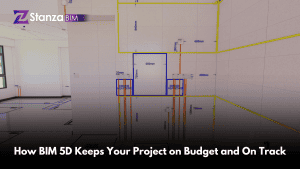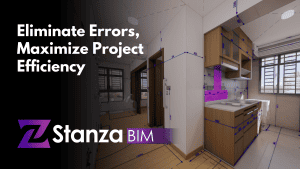Building Information Modeling (BIM) has transformed the way buildings are modeled, constructed, and maintained. It is a powerful tool that enables architects, engineers, and construction professionals to create intelligent 3D models that can be used to simulate and visualize building processes before construction. BIM can also be leveraged to achieve sustainability and green building design by enabling designers to make informed decisions about energy efficiency, material selection, and other factors that impact environmental performance.
One of the primary ways that BIM can help achieve sustainability is by enabling architects to simulate and analyze the energy performance of buildings. By creating a detailed 3D model of a building and running simulations, designers can identify opportunities to reduce energy consumption and optimize building systems. For example, BIM can be used to simulate the impact of different heating, ventilation, and air conditioning (HVAC) systems, lighting designs, and building materials on energy consumption, and designers can use this information to select the most energy-efficient options.
During the planning stage, BIM can support sustainable building design by enabling architects to make informed decisions about material selection. By creating a detailed model of the building, architects can evaluate the environmental impact of different materials and choose those with the lowest embodied carbon and other environmental impacts.
In addition to these benefits, BIM can also support sustainable building design by enabling designers to collaborate more effectively and reduce waste. By creating a centralized digital model that all stakeholders can access, BIM can reduce the need for physical prototypes, minimizing waste and reducing costs. BIM can also enable more effective collaboration between different stakeholders, reducing the likelihood of errors and miscommunications that can lead to rework and waste. Lastly, BIM can track and manage materials throughout the building lifecycle, reducing waste and optimizing material use.
BIM is a powerful tool that can be used to achieve sustainability and green building design. By enabling designers to simulate and analyze building performance, optimize material selection, integrate renewable energy sources, and reduce waste, BIM can help create buildings that are more energy-efficient, environmentally-friendly, and sustainable. As the demand for sustainable building design continues to grow, BIM is likely to play an increasingly important role in helping architects, engineers, and construction professionals achieve their sustainability goals.










